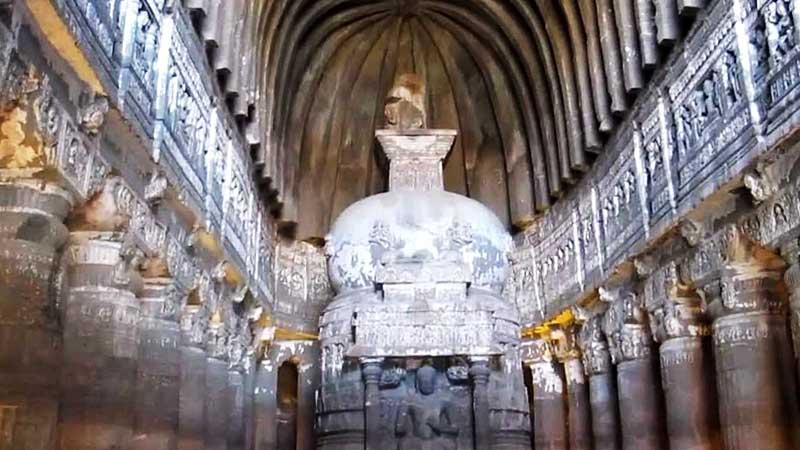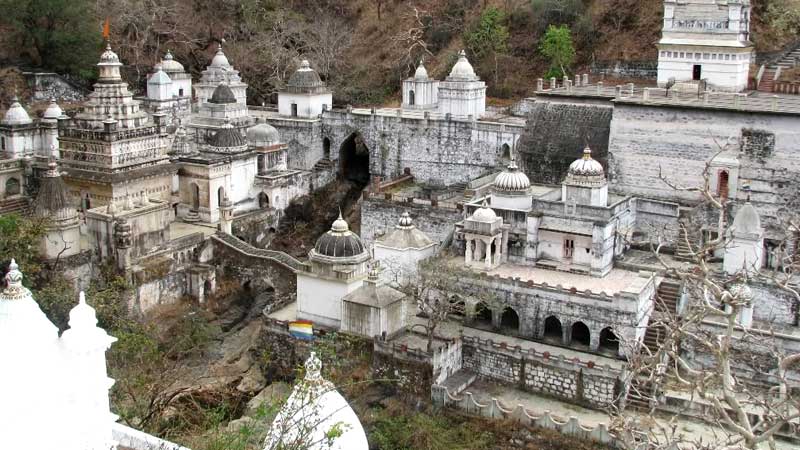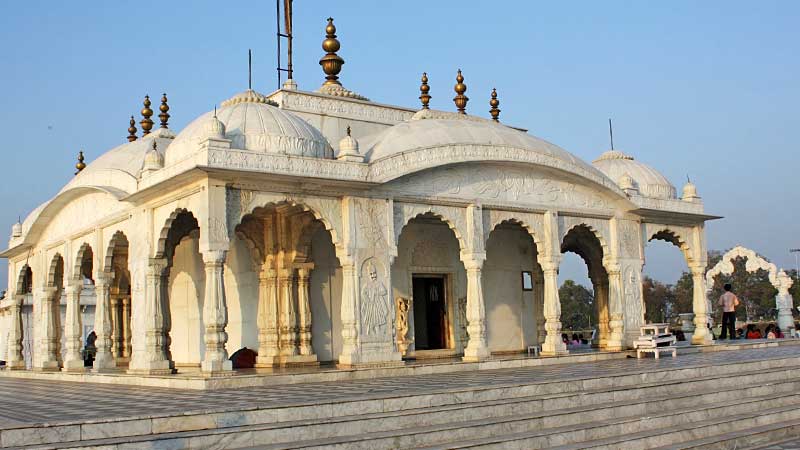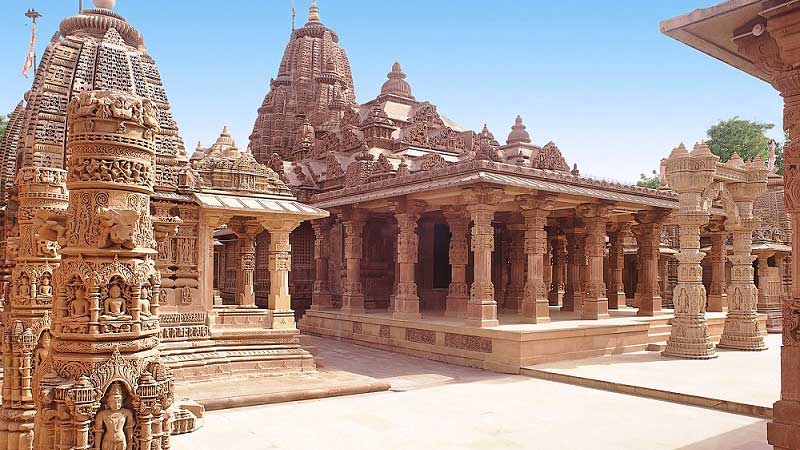
Mangi Tungi Jain Yatra
05 Nights / 06 Days
Surat - Mahuva - Mangi Tungi - Namokar Tirth - Gajpantha - Shirdi - Shani Shignapur - Paithan - Kachner - Jatwada - Ellora Caves - Manmad/Surat
Mangi Tungi Jain Yatra
Mangi Tungi is a revered Jain pilgrimage site featuring twin pinnacled hills with a plateau in between, located near Tahrabad, around 125 km from Nashik, Maharashtra. The western peak Mangi rises to 4,343 feet, while the eastern peak Tungi stands slightly higher at 4,366 feet above sea level. This sacred hill complex is renowned for its serene atmosphere and ancient Jain heritage.
The site enshrines magnificent images of Jain Tirthankaras carved into rock faces and housed within caves, depicted in Padmasana and Kayotsarga postures. Pilgrims and visitors witness a rare blend of spirituality, history, and natural beauty during the ascent and darshan.
Numerous caves here are named after great Tirthankaras such as Lord Mahavira, Rishabhanatha (Adinatha), Shantinatha, and Parshvanatha. Several ancient inscriptions are found on idols and cave walls; although many have weathered over time, some inscriptions—especially in the Adinatha and Shantinatha caves—are still visible and written in Sanskrit. Many idols installed as early as Vikram Samvat 651 add immense historical value to this holy site.
Apart from cave shrines, visitors also find large open-air idols carved directly into the rock, enhancing the spiritual grandeur of Mangi Tungi. Near the Tungi peak lies Krishna Kunda, a sacred spot believed to be associated with the cremation of Lord Krishna. Interestingly, some caves also house idols of Lord Rama and his close associates, reflecting the site’s deep-rooted spiritual and cultural connections.
Mangi Tungi Jain Yatra is not just a pilgrimage but a profound spiritual journey through ancient Jain history, sacred art, and divine legends, making it one of the most significant Jain tirths in Maharashtra.
FAQ About Mangi Tungi Yatra
Mangi Tungi Itinerary
Day 1 Surat - Mahuva - Mangi Tungi
Arrive Surat and drive to Mahuva. Visit Shree 1008 Vighnhar Parshwanath Digambar Jain Atishay Kshetra and proceed to Shri Mangitungi Digamber Jain Siddha Kshetra.
Mahuva : It is an impressive Digambar Jain temple of Tirthankar Parshwanath/Parasnath at Mahuva near Surat in Gujarat on the banks of River Purna.
The ancient idol of Lord Parshwanath is very miraculous and has huge followership from people of all religious faiths. The idol was recovered from village Tulagaon in Gujarat. A devotee dreamt about the existence of this idol at Tulagaon and then the idol was found there. Later the idol was brought to Mahua and installed in the Chandraprabha Digamabar Jain Mandir. This temple was destroyed in fire and floods in 1970 AD. The temple was then renovated and rebuilt. The other idols of Bhagawan Chandraprabha; Bhagwan Shantinatha; Bhagwan Mahavir, Bhagawan Adinath and other Tirthanakara idols were installed.
Mangi Tungi : This place is very old consists of two hills Mangi & Tungi are two cliffs of a single mountain these are named after two sisters Mangi and Tungi. Mangi is at a height of 4343 feet and Tungi is 4366 feet above the sea level. We can find 6 caves on the Mangi hill and 2 caves on Tungi hill. There are more that 600 Jaina images of the tirthankaras in the padmasana and kayotsarga. Inscriptions on so many idols are not clear. Many idol installed in V.S. 651 are here. Many inscriptions on rock are here in Sansakrit Language in ADINATH & SHANTINATH Caves, but not clear. An inscription of V. S. 1400 is still there in Adinath Cave. There are several caves named after deities & sages whxo were liberated there such as Seetaji , Mahaveer , Adinath , Shantinath , Parshwanath & Ratnatrya. Their idols in yogic postures are found in these caves. In Balabhadra cave too there are several idols in similar positions. The tourists find many huge idols in the open also. Krishna Kunda is close to the Tungi peak. It is believed that Lord Krishna was cremated from here. Other caves also house the idols of Lord Rama & his dear & near ones. What attracts attention, however, immediately after reaching the place is mammoth, 31 feet high statue of Bhagwan Bahubali was erected recently.
It is difficult to know about the antiquity and period of this shrine. From idols, caves, water reservoirs and inscriptions in semi-magadhi, ardha-magadhi script found on this mountain, it becomes quiet evident that the shrine is thousands of years old.
Overnight: Hotel / Dharamshala
Day 2 Mangi Tungi - Namokar Tirth - Gajpantha Digamber Jain
Gaj Pantha: The Temple has main idol of Lord Mahaveerji. The caves are called Chamar Leni. Parshwanath cave is worth to see Muni Shree Sudharmsagarji achieved Sallekhana here on 24th Sept 1973. The place witnessed many miraculous incidents at that time.
No of Temples are Six.(3 cave Temple and 2 regular Temple on mountain and 1 Temple in the village Mhasrul).
Overnight: Hotel / Dharamshala
Day 3 Gajpantha - Jain Temple Anjangiri (Arahanath Bhagavan Cave)- Trimbakeshwar Jyotirling Mandir - Shirdi
Trimbakeshwar Jyotirling Mandir : Trimbakeshwar town is an ancient Hindu Pilgrim centre and located at the source of the Godavari River, the longest river in peninsular India. Trimbakeshwar is abode of one of the twelve Jyotirlingas. The extraordinary feature of the Jyotirlinga located here is the Linga in the temple is in the form of a three faced embodying Tridev, Lord Bramha, Lord Vishnu and Lord Shiva.
The present Trimbakeshwar temple was constructed by third Peshwa Balaji Bajirao (1740-1760) on the site of an old temple. There are entry gates on all the four sides, viz. East, West, South and North. As per spiritual conceptions the direction East denotes the beginning, West denotes maturity, south denotes fulfillment or completion and the North stands for the revelation.
Shirdi : Sai Baba of Shirdi, also known as Shirdi Sai Baba, was an Indian spiritual master who was regarded by his devotees as a saint, fakir, and satguru, according to their individual proclivities and beliefs. He was revered by both his Hindu and Muslim devotees, and it was uncertain if he was a Hindu or a Muslim. This, however, was of no consequence to Sai Baba. He stressed the importance of surrender to the true Satguru or Murshid, who, having trod the path to divine consciousness, will lead the disciple through the jungle of spiritual training.
Sai Baba is worshipped by people around the world. He had no love for perishable things and his sole concern was realization of the self.
Overnight: Hotel / Dharamshala
Day 4 Shirdi - Shani Shignapur - Paithan - Kachner
Shri 1008 Munisuvratnath Digambar Jain Atishaya Kshetra (Paithan): Paithan is a popular Jain Heritage centre known for the 3.5 feet black-colored stone idol of Tirthankar Munisuvratnath/Munisuvrata in sukhasana. Historically called Pratiṣṭhāna, is a town with a municipal council in Aurangabad district, Maharashtra, India located on the banks of river Godavari. Paithan is located at a distance of 56 kilometers from Aurangabad. It was the capital of the Satavahana dynasty, which ruled from the 2nd century BC to the 2nd century A.D. Paithan is associated with many spiritual leaders of all faiths for centuries.
Paithan has witnessed many historical events and mythological stories of Jainism. It is believed that the 3.5 feet idol of Tirthankar Munisuvratha was worshiped by Lord Rama. It is said that the last Srutakevali of Jainism Acharya Badhrabahu had visited this place along with Chandragupta Maurya and his 12,000 disciples while traveling down south to Shravanabelagola from Ujjain in the 3rd century B.C. It is said that later on, the Jain ascetics like Vishaka Acharya and Kalaka Acharya had visited Paithan. This Munisuvrata idol believed to belong to Chaturtha Kala (4th generate) is associated with many miracles.
Shani Shignapur : With origins stretching back centuries, this temple became significant due to devotees' faith in Lord Shani's divine presence within a black stone (svayambhu) honoured at the site. This imposing black pillar represents his vigilance and authority over all things. What makes this destination unique is that no doors or locks can be found anywhere in town, even within homes or stores, as it is believed that protection from Lord Shani ensures safety throughout.
Kachner : Kachner is a small village, at a distance of 37 km from famous city Aurangabad (Maharashtra). Chintamani Parshvanath Bhagwan’s idol is installed here in a temple. The basement structure was discovered from an underground basement about 250 years ago. This idol of Chintamani Parshwanath is very attractive, miraculous, fulfilling the desires of pilgrims and making them free from problems.
There is a story about the recovery of this beautiful idol. About 250 years ago a cow dropped her milk daily at that place of recovery. One old woman noticed it and keep watching. One day she did not allowed cow to go there, she tied the cow at home. But in the evening cow broke the rope and went to the place to drop her milk there. Then old woman told to others about this event. Event was strange for villagers. So they decided to search that place for some god. They kept on digging there till they found the gate of a basement and this miraculous idol with seven serpent hoods. After some time idol was installed in a temple constructed at the same places.
Overnight: Hotel / Dharamshala
Day 5 Kachner - Shri Kshetra Dharmatirth - Jatwada
Shri 1008 Sankathar Parshwanath Digamber Jain Atishay Kshetra, Jatwada: It is about 600 year old kshetra, but came in to light in 1987 AD. A Muslim person was excavating stone for construction purpose. Suddenly he found a cave where 21 Jain idols were established of them the idols of Lord Padmaprabhuji and Lord Parshwanathji are miraculous. The place is surrounded almighty mountain range of Sahyadri. Earlier the place was famous as Jaingiri on mountain there is an idol of Lord Bahubaliji. Choubisi Temple along with their wonderful idols of Lord Adinathji Bharatji and Bahubaliji are also established.
Overnight: Hotel / Dharamshala
Day 6 Jatwada - Ellora Caves - Manmad/Surat Station
Ellora Caves: The Ellora Jain Caves are five in number and are numbered from 30 to 34. These caves are separated from the other caves by a distance of a few hundred yards. There are two main caves and two unfinished caves among the five. These caves date back to the 9th and 10th centuries and belong to the Jain sect called Digambara. Cave 30 is called Chhota Kailash; cave 31 is an unfinished cave; cave 32 is called the Indra Sabha; cave 33 is the Jagannath Sabha, and cave 34 is a smaller cave that connects to an opening in cave 33. These caves also contain a hall called the Samavasarana, which is a hall where the Tirthankara used to preach the followers.
All the caves have sculptures and once had vibrant paintings on the ceilings as well, some of which can still be seen. There are prominent sculptures of the 23rd Tirthankara, Parsvanatha, as well as the last and 24th Tirthankara, Mahavira. There are also 48 sculptures of Yakshas and Yakshinis who were considered the teachers of the Tirthankaras. Also of note is the statue of Bahubali, also called Gomateshwara, who was the son of the first Tirthankara.
Later, drive to nearest Railway Station.
END OF OUR SERVICES
Day 1 Arrive at Shirdi/ Nasik - Gajpantha
On arrival we will drive to Gajpantha Digamber Jain Temple.
Gaj Pantha: The Temple has main idol of Lord Mahaveerji. The caves are called Chamar Leni. Parshwanath cave is worth to see Muni Shree Sudharmsagarji achieved Sallekhana here on 24th Sept 1973. The place witnessed many miraculous incidents at that time.
No of Temples are Six.(3 cave Temple and 2 regular Temple on mountain and 1 Temple in the village Mhasrul).
Overnight: Hotel / Dharamshala
Day 2 Gajpantha - Trimbakeshwar Jyotirling Mandir - Anjangiri - Shri Mmangi Tungi Digamber Jain Siddha Kshetra
After breakfast proceed to Trimbakeshwar Jyotirling Mandir.
Trimbakeshwar: Trimbakeshwar town is an ancient Hindu Pilgrim centre and located at the source of the Godavari River, the longest river in peninsular India. Trimbakeshwar is abode of one of the twelve Jyotirlingas. The extraordinary feature of the Jyotirlinga located here is the Linga in the temple is in the form of a three faced embodying Tridev, Lord Bramha, Lord Vishnu and Lord Shiva. The present Trimbakeshwar temple was constructed by third Peshwa Balaji Bajirao (1740-1760) on the site of an old temple. There are entry gates on all the four sides, viz. East, West, South and North. As per spiritual conceptions the direction East denotes the beginning, West denotes maturity, south denotes fulfillment or completion and the North stands for the revelation.
Shri Digamber Jain Pracheen Tirth Kshetra, Anjangiri, Anjaneri
The Anjaneri pilgrimage site, named after Mata Anjani, the mother of the immensely powerful and revered Hanuman, is also known as Anjaneri or Anjangiri.
The ancient Anjaneri pilgrimage site boasts a proud and glorious past that spans thousands of years. During the Yadav era, a significant number of Jain followers resided in the Anjaneri village and its surrounding areas. Even today, the region preserves remnants of Jain culture's illustrious history. Visitors can still see the dilapidated Jain temples and caves housing idols of Jain Tirthankaras in a state of ruin.
One such temple contains an inscription dating back to 1142 CE (Shaka 1063), which mentions a donation made by a minister during the Yadav era for the temple's renovation. In 1676, Anjaneri fell under Aurangzeb's rule, during which many Jain temples were destroyed. Later, in 1708, the Maratha Peshwas regained control over Anjaneri and made efforts to restore these temples. This historical account has been confirmed by the Archaeological Survey of India.
Anjangiri stands at an altitude of 14,300 feet above sea level. Currently, only two caves in the area are in a visitable condition. At the base of the hill in the village, a striking 3-foot black-colored Padmasana Jain idol is enshrined under the open sky. Additionally, the site houses 14 ancient Digamber Jain temples adorned with intricate carvings. Although many idols are damaged, the temples themselves are in an extremely dilapidated state due to a lack of proper maintenance.
Overnight: Hotel / Dharamshala
Day 3 Pahar Yatra Mangi Tungi – Namokar Teerth
This morning proceed on a Pahar Yatra (6 Hours)
There are two hills called Mangi and Tungi. Besides this one should also visit Adinath Bhagwan Idol.
Mangi: Mangi is at a height of 4443 feet and We can find 6 caves on the Mangi hill. The route from the archway that directs to the left leads to Mangi Giri. The Mangi Pinnacle is not very high as compared to Tungi. Seven old Digambar Jain temples and many carvings of charanas/feet impressions of Jain ascetics are seen here. Along the base of the pinnacle are 356 carvings of Mahavir, Adinath, Parshvanath, Lord Hanuman, Bali, Sugreeva, etc. There is also a temple of Mangigiri here. A pond named Krishna Kund is situated here which is believed to have been a witness of the last days of Lord Krishna. According to texts, Balarama had also practiced salvation here and achieved the fifth heaven.
Tungi: There are five temples on it. There are two caves are named on Bhagwan Chandraprabhu, the 8th Teerthankar and other is Ram Chandra Cave. Ancient idols of Hanuman, Gava, Gavaksha, Neel etc. are here. In one cave there is an idol of Ram’s chief of army Kritantvakra in the stage of ascetic saint.
On the path between Mangi & Tungi Hills to cave down, here are two Caves of Shuddha & Buddha Munies (ascetic saints), a Colossus of Bhagwan Munisuvrat Nath is there in Padmasana (a posture with cross legged seating). Lord Bahubali and other’s idols are also there.
Many idols on both the hills are carved on the rocks. Beautiful attractive images of Yaksha & Yakshini (God & Goddess attending to Teerthankaras) and Indra (The king of heaven) are also carved here.Adinath Tirthankar idol - Apart from these temples, Digambar Jain Sadhvi Ganini Pramukh Aryaka 105 Sri Gyanmati Mataji has got a 108 feet high monolithic idol of Tirthankar Adinath/Rishabhdev engraved on the hillock. This is the tallest Jain idol in the world and its installation ceremony was held in 2006 A.D.
Later in the afternoon, proceed to Namokar Jain Teerath
This Tirth contained Pancprmeshti- Arihant, Sidhha, Acharya, Upadhyaya and Sadhu Prmeshti to be a true representation of their properties with Image. This pilgrimage will be like Ratnatraya. Here, there will be great confluence of devotion, Educationand Service along with a golden traingle of Faith, discipline and Care for all.
Overnight: Hotel / Dharamshala
Day 4 Namokar Teerth – Ellora - Jhatwara – Kunthalgiri
After breakfast proceed to Ellora Caves.
Ellora Caves: The Ellora Jain Caves are five in number and are numbered from 30 to 34. These caves are separated from the other caves by a distance of a few hundred yards. There are two main caves and two unfinished caves among the five. These caves date back to the 9th and 10th centuries and belong to the Jain sect called Digambara. Cave 30 is called Chhota Kailash; cave 31 is an unfinished cave; cave 32 is called the Indra Sabha; cave 33 is the Jagannath Sabha, and cave 34 is a smaller cave that connects to an opening in cave 33. These caves also contain a hall called the Samavasarana, which is a hall where the Tirthankara used to preach the followers.
All the caves have sculptures and once had vibrant paintings on the ceilings as well, some of which can still be seen. There are prominent sculptures of the 23rd Tirthankara, Parsvanatha, as well as the last and 24th Tirthankara, Mahavira. There are also 48 sculptures of Yakshas and Yakshinis who were considered the teachers of the Tirthankaras. Also of note is the statue of Bahubali, also called Gomateshwara, who was the son of the first Tirthankara.
Later, proceed to Shri 1008 Sankathar Parshwanath Digamber Jain Atishay Kshetra
Jatwada: It is about 600 year old kshetra, but came in to light in 1987 AD. A Muslim person was excavating stone for construction purpose. Suddenly he found a cave where 21 Jain idols were established of them the idols of Lord Padmaprabhuji and Lord Parshwanathji are miraculous. The place is surrounded almighty mountain range of Sahyadri. Earlier the place was famous as Jaingiri on mountain there is an idol of Lord Bahubaliji. Choubisi Temple along with their wonderful idols of Lord Adinathji Bharatji and Bahubaliji are also established.
Digamber Jain Siddha Kshetra Kunthalgiri
Kunthalgiri tirth consist of 11 Jain temples :
Main temple of Kunthalgiri is Shri Kul Bhushan – Desh Bhushan Mandir known as Bara Mandir here. Shri Kul Bhushan – Desh Bhushan went to Moksha in the period of Lord Munisuvratnath. Idols of Lord Shantinath, Munisuvratnath & Adinath are present here. Main idol of the temple is of Munisuvranatha. Adinatha idol is carved in Ardh Padmasan posture and Parsvanath idol is a white colored and has 11 hoods of cobra.
Shantinath temple built in year 1875 is also present here. Moolnayak of this temple is a 2 feet 3 inch black colder idol of Lord Shantinatha in padmasan posture. Idols of other Tirthankars and Goddess Padmavati & Sarasvati are also here. A 53 feet tall Manstambha was erected in 1944, having 4 idols of Lord Munisuvratnath installed on the top.
Bahubali Temple, Adinath Temple, Ajitnath Temple, Chaitya & Nandishwer Jinalaya, Neminath Temple, Mahaveer Temple, Kanch Mandir and Ratnatraya Temple are also present in Kunthalgiri.
Overnight: Hotel / Dharamshala
Day 5 Paharyatra - Kachner
Proceed on a Pahar Yatra (Around one hour)
Later proceed to Kachner.
Kachner: Kachner is a small village, at a distance of 37 km from famous city Aurangabad (Maharashtra). Chintamani Parshvanath Bhagwan’s idol is installed here in a temple. The basement structure was discovered from an underground basement about 250 years ago. This idol of Chintamani Parshwanath is very attractive, miraculous, fulfilling the desires of pilgrims and making them free from problems.
There is a story about the recovery of this beautiful idol. About 250 years ago a cow dropped her milk daily at that place of recovery. One old woman noticed it and keep watching. One day she did not allowed cow to go there, she tied the cow at home. But in the evening cow broke the rope and went to the place to drop her milk there. Then old woman told to others about this event. Event was strange for villagers. So they decided to search that place for some god. They kept on digging there till they found the gate of a basement and this miraculous idol with seven serpent hoods. After some time idol was installed in a temple constructed at the same places.
Overnight: Hotel / Dharamshala
Day 6 Kachner- Paitahn – Kachner – Dharam Teerth - Aurangabad
This morning proceed to Shri 1008 Munisuvratnath Digambar Jain Atishaya Kshetra (Paithan): Paithan is a popular Jain Heritage centre known for the 3.5 feet black-colored stone idol of Tirthankar Munisuvratnath/Munisuvrata in sukhasana. Historically called Pratiṣṭhāna, is a town with a municipal council in Aurangabad district, Maharashtra, India located on the banks of river Godavari. Paithan is located at a distance of 56 kilometers from Aurangabad. It was the capital of the Satavahana dynasty, which ruled from the 2nd century BC to the 2nd century A.D. Paithan is associated with many spiritual leaders of all faiths for centuries.
Paithan has witnessed many historical events and mythological stories of Jainism. It is believed that the 3.5 feet idol of Tirthankar Munisuvratha was worshiped by Lord Rama. It is said that the last Srutakevali of Jainism Acharya Badhrabahu had visited this place along with Chandragupta Maurya and his 12,000 disciples while traveling down south to Shravanabelagola from Ujjain in the 3rd century B.C. It is said that later on, the Jain ascetics like Vishaka Acharya and Kalaka Acharya had visited Paithan. This Munisuvrata idol believed to belong to Chaturtha Kala (4th generate) is associated with many miracles.
Later, proceed to Aurangabad. Enroute visit Shri Dharmtirth located near Kachner town (approx. 30 kms ) Aurangabad city of Maharastra state in India.
Shri Dharmtirth has been built on 50 acres of land having beautiful & spiritual Navgrah Jain Temple along with state of the art human welfare facilities like educational institution, hospital and dispensary, guest houses, student hostel, children park, meditation centre etc.
End of the Yatra
END OF OUR SERVICES
Make Your Trip Now
MOST POPULAR PACKAGES
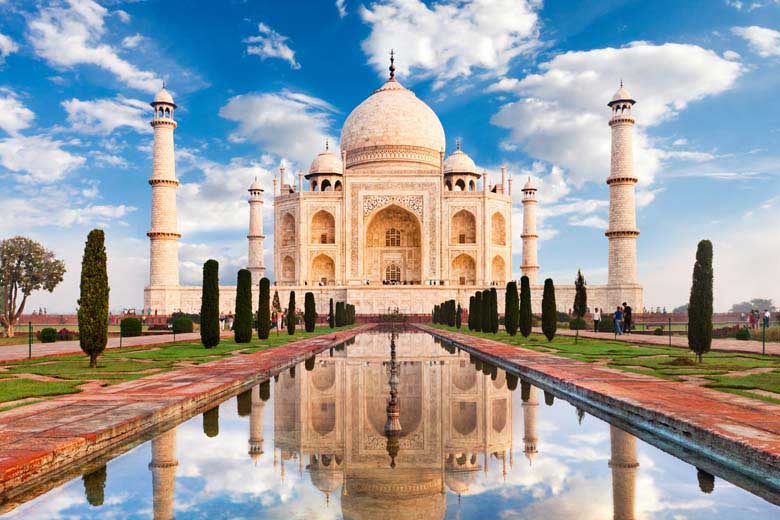
6 Nights / 7 Days
Golden Triangle Vacation Tour
India’s golden triangle is a tourist circuit which includes: Delhi, Agra (including the Taj Mahal), and Jaipur. These trips usually 7 days and do the trip as a circuit starting and ending in Delhi.
View Package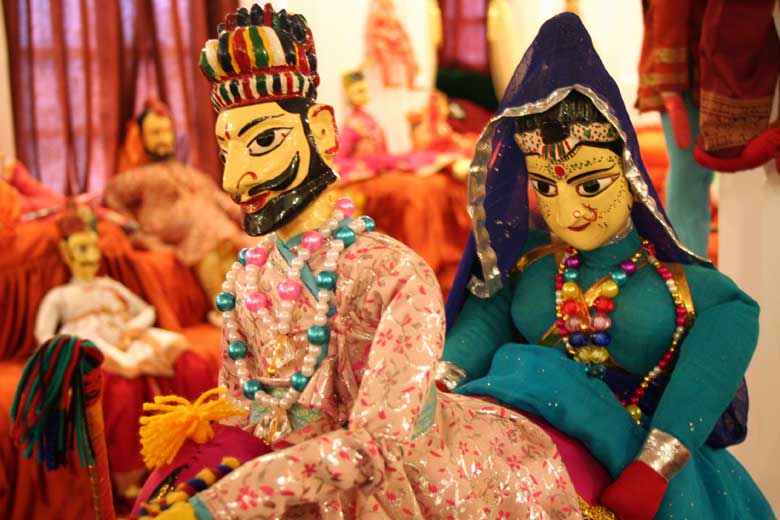
16 Nights / 17 Days
Rajasthan colorful Tour
Coloruful Rajasthan Tour is one of the most popular circuit of India. This tour package accommodates you to endure Rajasthan in all its different colors.
View Package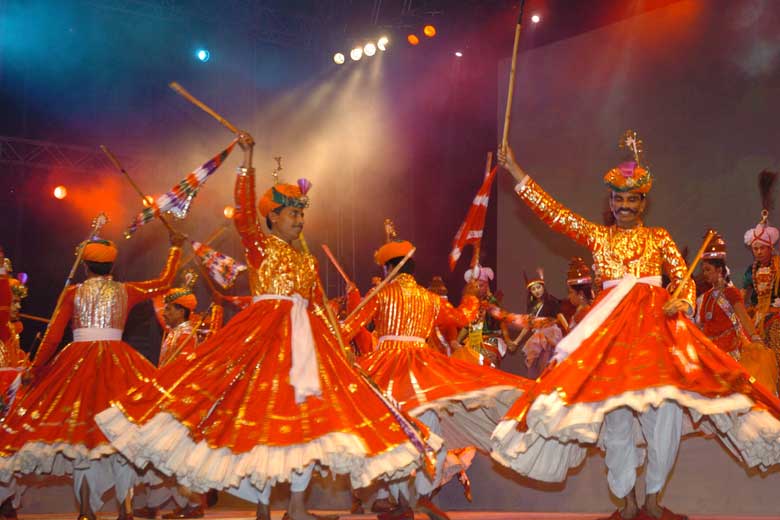
10 Nights / 11 Days
Rajasthan Cultural Tour
The Rajasthan state represents an unusual diversity in all its forms - people, culture, customs, costumes, cuisine, dialects and music and haveli's.
View Package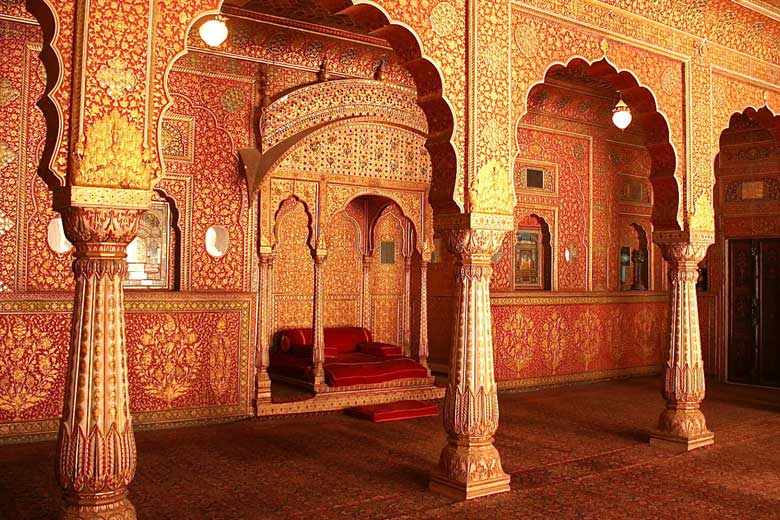
12 Nights / 13 Days
Rajasthan Fort & Palace Tour
Rajasthan is famous all over the world for its stunning forts and palaces that have been gloriously standing since decades in this princely state.
View Package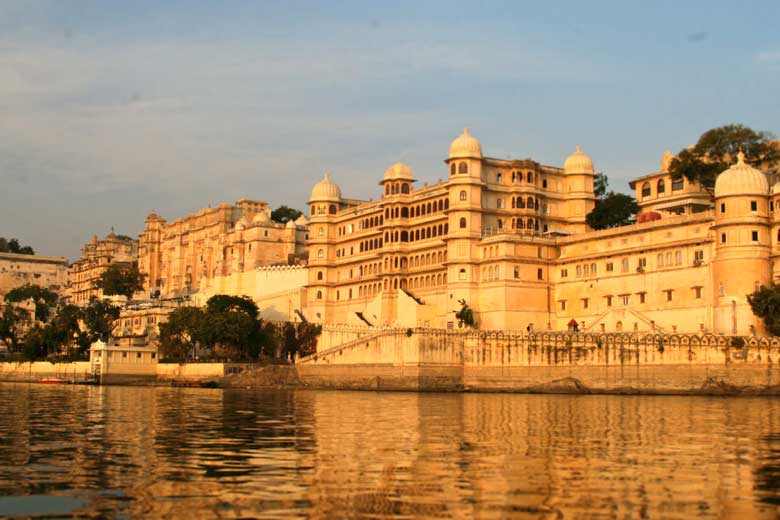
11 Nights / 12 Days
Rajasthan Heritage Tour
Rajasthan known as the "land of kings"provides some marvelous marks from the history in the form of its forts, palaces, mansions and haveli's.
View Package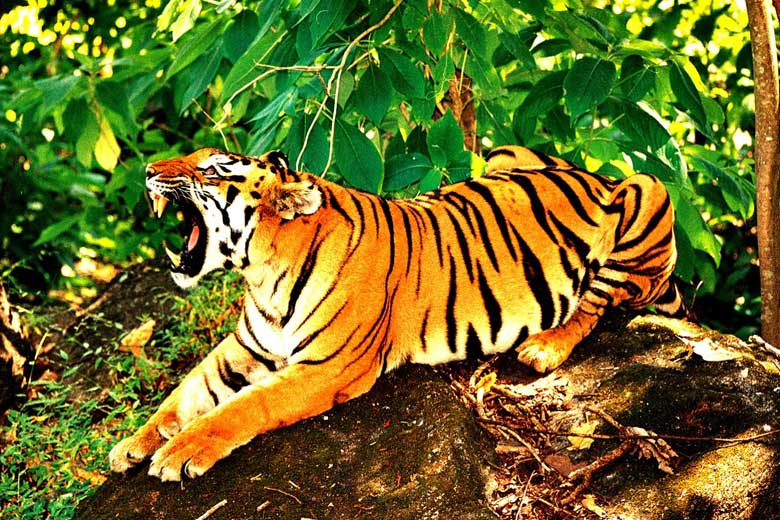
06 Nights / 07 Days
Rajasthan Wildlife Tour
The name Rajasthan has a habit of invoking the images of sun-bathed sand dunes of the Thar Desert, the rustic turban and mustache of Rajasthani men and women’s ghagra.
View Package
 Gujarat Toursim
Gujarat Toursim
 IATO -
Indian Association of Tour Operators
IATO -
Indian Association of Tour Operators
 +91-9811175768
+91-9811175768